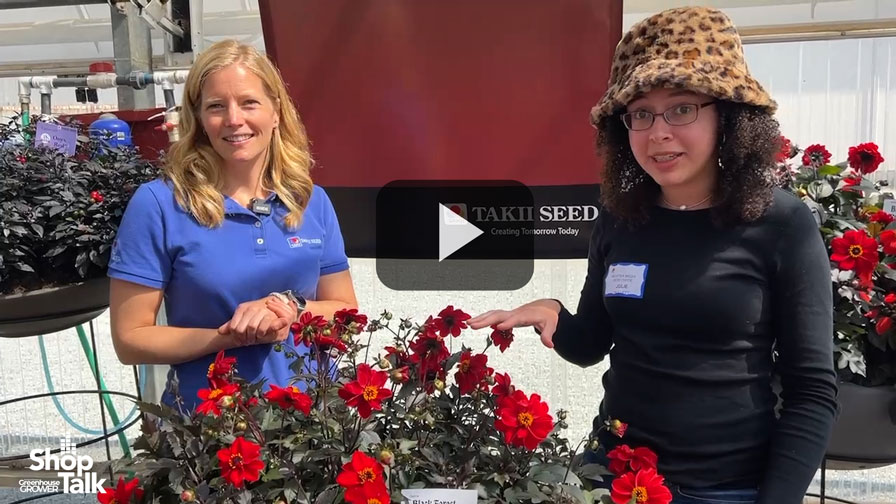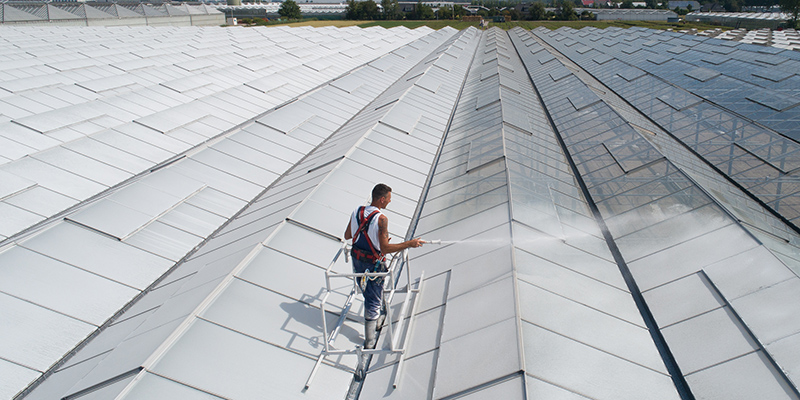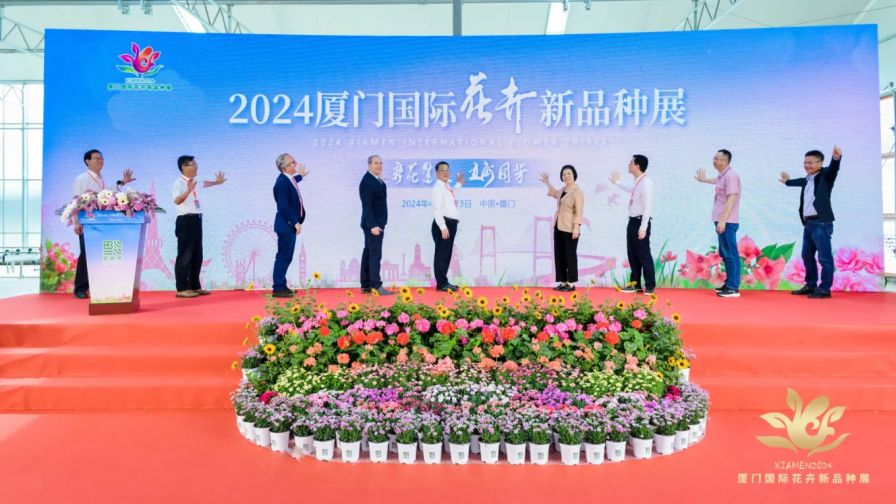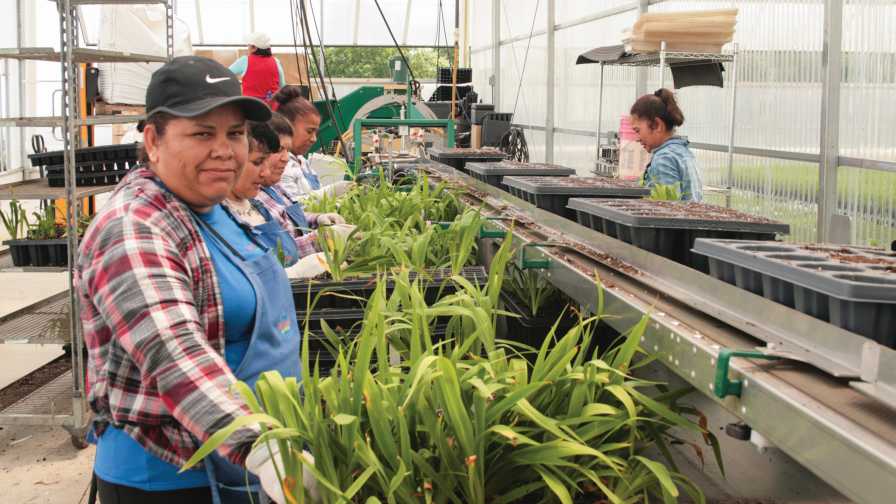What Will Greenhouses of the Future Bring To the Table? Meet Plant-Ag
“You know more about your Uber driver than the food you’re eating,” says Karim Giscombe, the founder and CEO of a new company, Plant-Ag, about to launch in the coming weeks to close this peculiar knowledge gap. More and more consumers today want to know the origins of everything they buy, from what factory produced their T-shirt to where the gems in their jewelry were mined. Yet the decision-making process we use to buy fresh produce—a good purchased far more often, and that can also make us sick—really hasn’t evolved. Ever. In the store we’ll grab a tomato, spin it once in our hand, and hope for the best.
So Giscombe, a breezy but persuasive former director at Merrill Lynch whose social-media bios describe him as a “reformed capitalist,” has invested more than four years and so far raised $9 billion to build what he calls the first fully transparent field-to-plate supply chain in which consumers can track a vegetable’s journey from where it sprouted as a seed to the grocery store shelf.
Plant-Ag is using that money to break ground on a network of high-tech greenhouses in April, and the first facility should be supplying a variety of produce identified as high risk by the FDA—lettuce, tomatoes, eggplants, blueberries, strawberries, kale, basil—to the southeastern U.S. by fall 2022. Within four years, the company expects to be able to feed one-third of America with fresh produce that was growing just 72 hours ago.
For more, continue reading at FastCompany.com.








